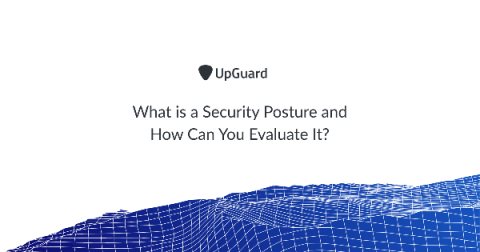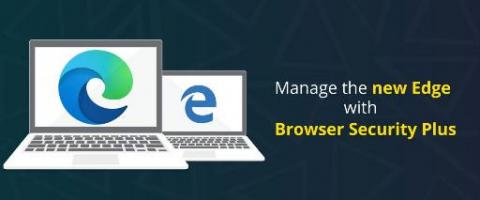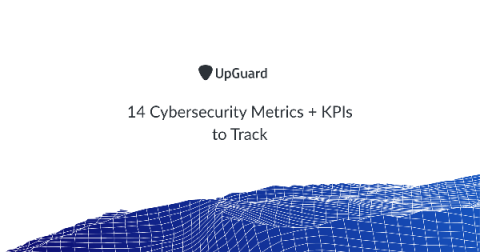Key Cloud Security Challenges and Strategies to Overcome Them
The cloud has changed how we use and consume IT services. Where data resides along with how it is transferred, stored and processed has fundamentally changed and with-it new risk management challenges. Let’s talk about some of those challenges. First and foremost, the cat is out of the bag. We’re not going back to the data center, and any resistance to that is going to be seen as a business inhibitor and will therefore not get much airtime.










